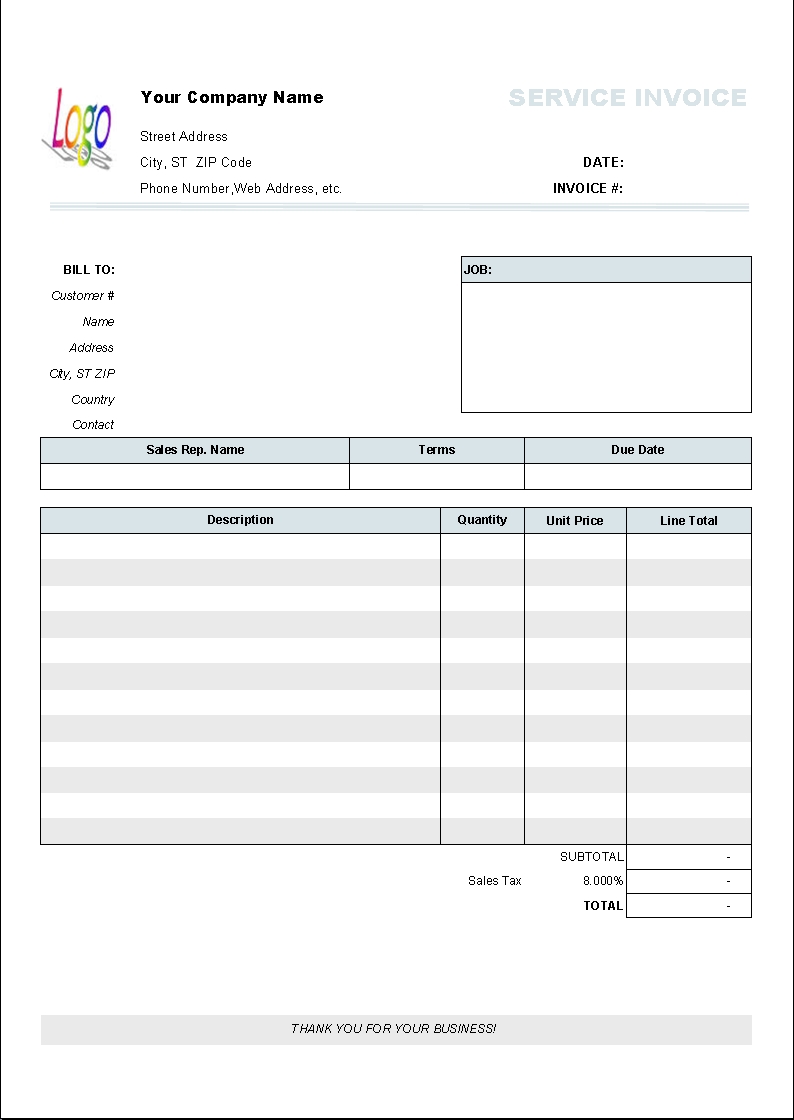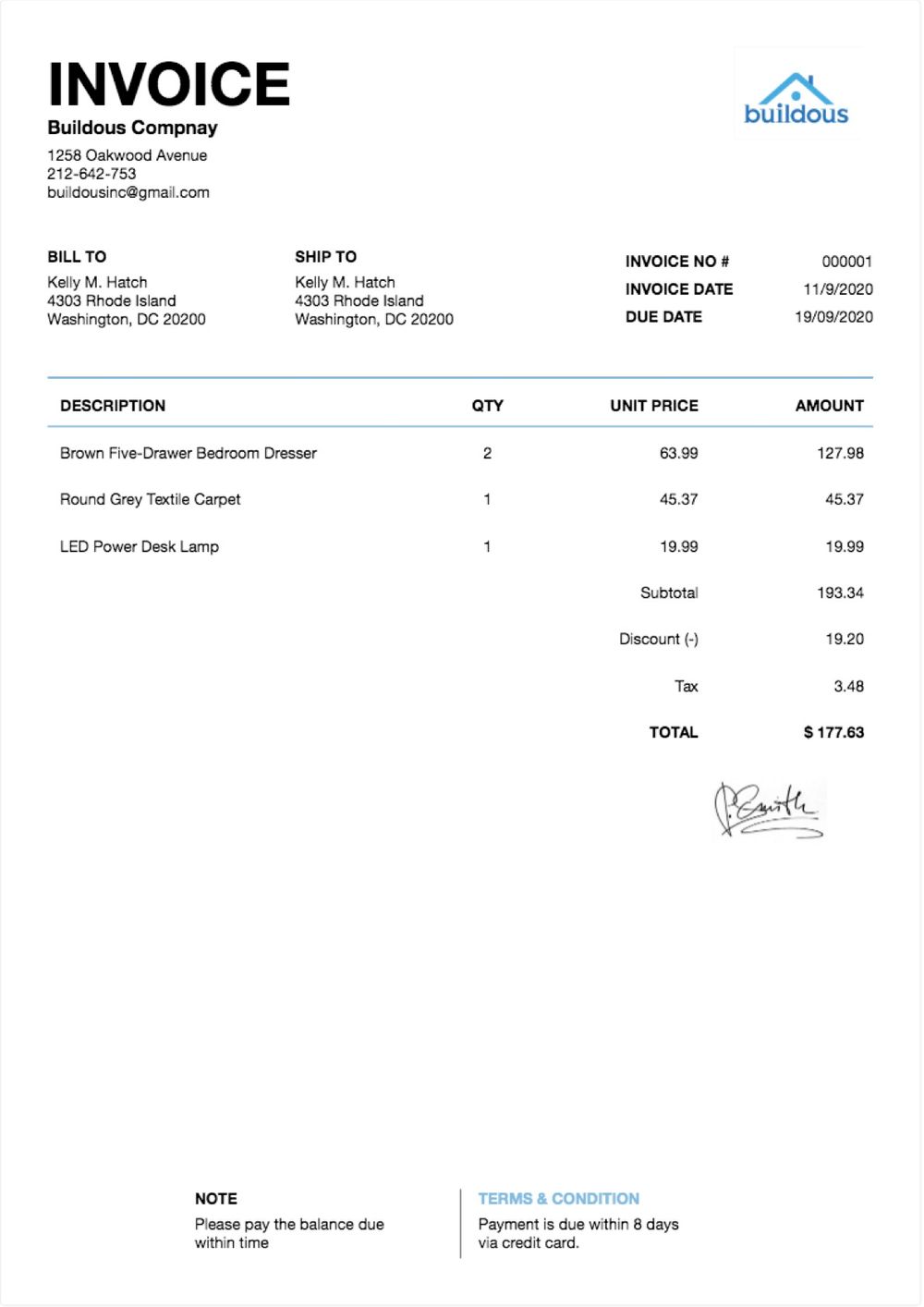

#CREATING INVOICES IN METHOD CODE#
In the second field, enter a code from UDC 09/LT to specify the type of ledger, such as AA (Actual Amounts), BA (Budget Amount), or AU (Actual Units). If the ledger is not entered, the F% ledger is used. If the account includes wild cards, the calculation is not performed. The Defined Ledger method considers only the first cross-reference account. This method is calculated in this manner: ((Percent Complete from Defined Ledger) × Schedule of Values) – Prior Billed. This method is calculated in this manner: (((Schedule of Values – Projected Final Cost) ÷ Projected Final Cost) × (Actual Cost This Period)) – (Prior Billed This Period).ģ: Calculate using the Defined Ledger method. This method is calculated in this manner: ((Actual Cost/Projected Final Cost) × Schedule of Values) – Prior Billed.Ģ: Calculate using the Markup Percent of Cost method. The system default is blank.ġ: Calculate using the Percent Complete method. Values are:īlank: Use the greater of methods 1 and 2. In the first field, enter a code to determine how lump sum lines are calculated.

LS Calc Method/Ledger Type (lump sum calculation method and ledger type) If you leave this field blank, the system supplies the default document type for invoices from the system constants for JD Edwards EnterpriseOne Service Billing and Contract Billing. Invoice TypeĮnter the document type of the invoice. The system updates this date when you run the invoice print program in the JD Edwards EnterpriseOne Sales Order Management system. Invoice DateĮnter the date that the invoice is printed. Based on the company's fiscal year and current accounting period, the system validates the date for PBCO (posted before cutoff), PYEB (prior year ending balance), PACO (post after cutoff), and PACO (post way after cutoff). G/L Date (general ledger date)Įnter the date that identifies the financial period to which the source transaction should be posted. Exchange Rate Date BasisĮnter 1 to use the invoice date to retrieve the exchange rate for the invoice.Įnter 2 to use the G/L date of the invoice to retrieve the exchange rate for the invoice. Verify that the default document type for invoices is set up in both UDC 00/DT and UDC 00/DI. Reserved document types have been defined for vouchers, invoices, receipts, and time sheets. Any document type set up for invoice-only entry should begin with the letter R (receivables). Specify a document type from user-defined code (UDC) table 00/DI, document type for invoice entry. CustomerĮnter the address book number to which the system posts billing and accounts receivable transactions. If you leave this field blank during contract entry, the system uses the Next Numbers facility (system 52, index 01) to assign the number. If the table basis date is greater than the cutoff date, the workfile transaction is not included in the invoice batch Contract/Type/Co (contract/type/company)Įnter a number to uniquely identify this contract on the system. The invoice generation process uses this cutoff date to compare against the table basis date (WDTBDT) stored on the workfile transaction. If you leave this field blank, the system provides a default cutoff date based on the G/L date. The transactions that you enter after this date will not be billed in this billing cycle. The transaction is billed if the general ledger date falls between the from date and the through date. (The system assigns a new application number each time an invoice is issued for the contract.) Bill From DateĮnter the from date to use to determine whether a transaction is billed. Application No (application number)Įnter the last or current application number for the specified contract. This number is always zero unless you reopen a previous application. Closed applications represent invoices that have been sent. The system assigns this number to control changes to closed applications.

14.1.1 Common Fields Used in This Chapter A/R Company (accounts receivable company)


 0 kommentar(er)
0 kommentar(er)
